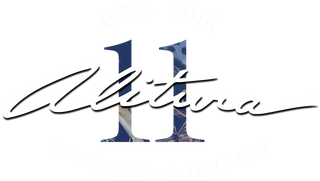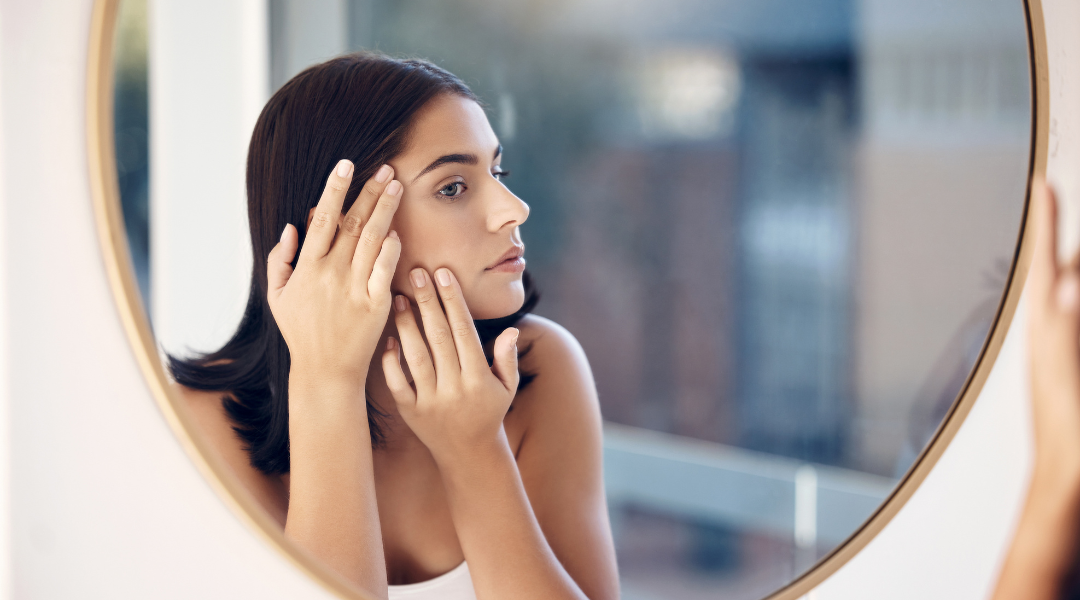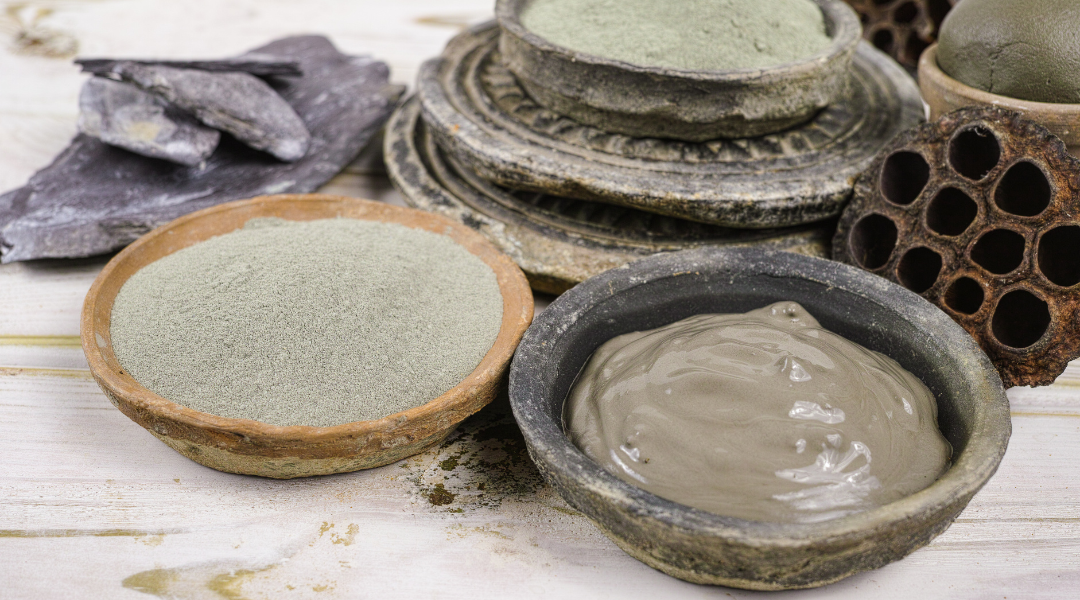Optimizing Testosterone for Skin Health

Little attention has been given to the importance of adequate levels of testosterone, known as the “male hormone”. In this blog post, we specifically dig into testosterone’s relation to skin aging.
Truth be told, testosterone is not a gender-specific hormone. It is a necessary androgen steroid for optimal metabolic function and well-being. It has been well documented that this important hormone decreases with age in both men and women. When it comes to skin, lower testosterone levels correspond with a decrease in overall skin health, density, and elasticity.
Therefore, identifying effective ways for increasing the level of testosterone appears to be an attractive anti-aging strategy for both men and women.
Estrogen Testosterone, DHT & Skin Function
Estrogen levels are known to increase in aging men and women. Rising estrogen levels can cause low testosterone levels by increasing the production of globulin, which binds to free testosterone. Aging, stress, and estrogen increase sex hormone-binding globulin enough to “rob” roughly 40% of the body’s free testosterone, which results in practically every symptom of aging. These symptoms include low libido, hair loss, skin aging, menopause in women and andropause in men. 1
In mainstream skincare, testosterone is not often mentioned unless it is being blamed as a culprit for acne. Although it is true that when elevated, androgens can cause sebum dysregulation or the overproduction of skin oil, which can lead to acne. However, this theory would lead one to think that testosterone and DHT are not health-promoting for the skin and should be lowered. There is obviously more to the story. 2,3
When healthy, the body produces a sufficient amount of the enzyme 5-alpha reductase and a lesser amount of the aromatase enzyme. 5-alpha reductase is responsible for converting testosterone to DHT. However, aging and stress increase the production of the aromatase enzyme, which converts testosterone to estradiol – the most potent form of estrogen.

In theory, it seems that inhibiting 5-alpha reductase would decrease the overproduction of DHT, and therefore correct acne by preventing the overproduction of sebum. However, actively lowering 5-alpha reductase and DHT can lead to many issues, including infertility, depression and accelerated aging. Also, actively lowering 5-alpha reductase without also inhibiting aromatase activity can cause any testosterone that is not converted into DHT, to be turned into more estradiol. 4
In men, elevated estrogen levels can result in serious health problems including feminization, gynecomastia, male pattern baldness, and prostate enlargement. In women, excess estrogen can cause PCOS, PMS, infertility, cellulite and breast cancer. However, in both men and women, chronically high estrogen levels can lead to hypothyroidism, wrinkles, varicose veins, and hypercortisolism.
Considering the hormones from a broader perspective, inhibiting the aromatase enzyme would be a better approach for increasing free testosterone levels, and reducing estrogen levels without having to interfere with the production of the protective hormone DHT. 5
After all, testosterone is essential for good skin health. Lowering testosterone levels would lead to many health problems, skin problems included. In fact, it has been found that skin with greater concentrations of testosterone is significantly healthier according to many parameters including the following:
- regenerates more quickly, heals quicker and has a higher cellular turnover rate 6
- has greater moisture 7
- more elastic (fewer wrinkles) 8
Tips for Optimizing Testosterone Levels Naturally
Considering all of the beneficial effects of testosterone on the skin, keeping adequate levels is a worthy goal for anyone interested in healthy skin. Here are a few ways to naturally support testosterone levels and therefore skin health:
1. Anti-aromatase Foods
As discussed, when the aromatase enzyme is elevated, free testosterone is turned into estrogen. Then, when estrogen becomes elevated, there is a greater increase in sex hormone-binding globulin, which further lowers testosterone. Luckily, there are very simple foods and herbs that have an anti-aromatase effect, which will both raise testosterone indirectly, while lowering estrogen.
Fresh orange juice, white button mushrooms, celery, guava, parsley and zinc-rich foods (beef, oysters, liver) all have anti-aromatase effects that can help support testosterone levels.
2. Ashwagandha
There are a handful of herbs that have been proven to raise testosterone levels naturally. Ashwagandha, an ayurvedic adaptogen, is one of the most well-documented herbs that is proven to increase testosterone levels. You can find a quality ashwagandha extract and other beneficial herbs in our Revitalize formula.
3. Eat Cholesterol Rich Foods
Cholesterol is often demonized, yet it is the most essential building block for all hormonal production in the body. Without adequate cholesterol, be it from a liver impairment or inadequate dietary cholesterol, the body cannot produce the mother hormone DHEA, which ultimately makes all other hormones, including testosterone. Cholesterol also makes up all the cell membranes in the body, without it, our cells become rigid and our skin can become lackluster. We suggest getting a healthy amount of cholesterol in the diet from organic, pasture-raised egg yolks (2 daily), grass-fed beef, lamb, and butter or ghee.

In Conclusion
Testosterone is commonly demonized for being the cause of acne, however, the truth is that this sex steroid is essential for healthy skin. Testosterone directly affects skin health in many ways, including regulating skin moisture, oiliness/dryness, structure, elasticity and more. When testosterone levels decline, most, if not all, parameters of healthy skin also drop. Therefore, everybody (male or female) would benefit by knowing the key roles that testosterone plays in optimal skin health. Download our e-book below to learn more about maintaining vibrant, youthful skin.

The Natural Path to Perfect Skin
30 PAGES FULL OF SKINCARE SECRETS








Leave a comment